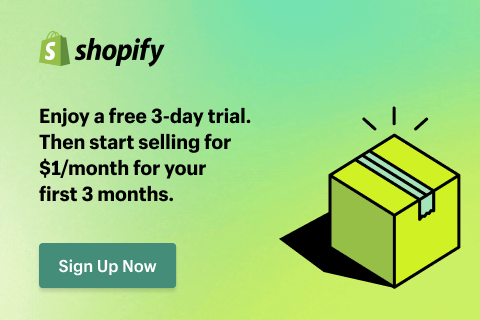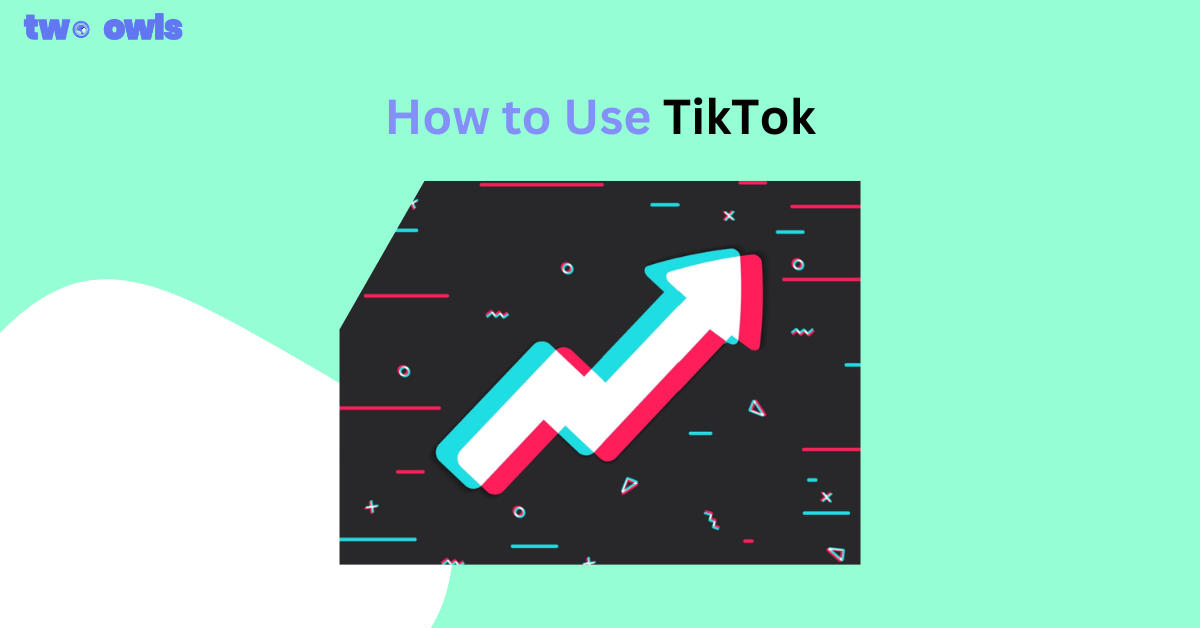How to Create Facebook Ads for Shopify: A Step-by-Step Guide
Using Facebook Ads for Shopify allows you to reach your target audience, drive traffic, and increase sales effectively. With advanced targeting options and retargeting features, you can create personalized ad campaigns tailored to your customers’ needs.
In this article, we’ll show you how to run Facebook Ads for Shopify, optimize your strategies, and achieve the best results for your store.
Benefits of Using Facebook Ads for Shopify
Highly Targeted Advanced Capabilities
To the right audience, Facebook Ads allow you to reach precisely. The right user demographic may be targeted using interests, activities, and demographics like that age or location. Store owners have the power to leverage the Custom Audiences in retargeting previously visited customers, or they can also upload lists of their customers.
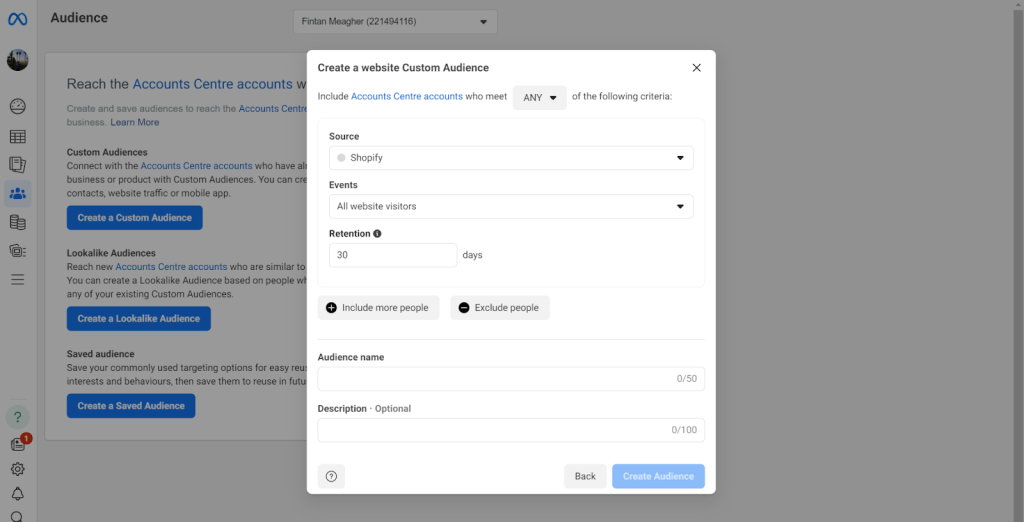
And for instance, they can find new customers similar to their best ones with high relevance and efficiency using Lookalike Audiences.
Enhanced Conversion Rates
Convert visitors with personalized ad messaging that is easy to set up through Facebook Ads. Dynamic Ads automatically show consumers products based on their specific likes and dislikes.
Use carousel ads to display multiple items or video ads to effectively tell your story. With the integration of the shop feed from Shopify, all your ads will include the latest products so that customers do not miss what they want.
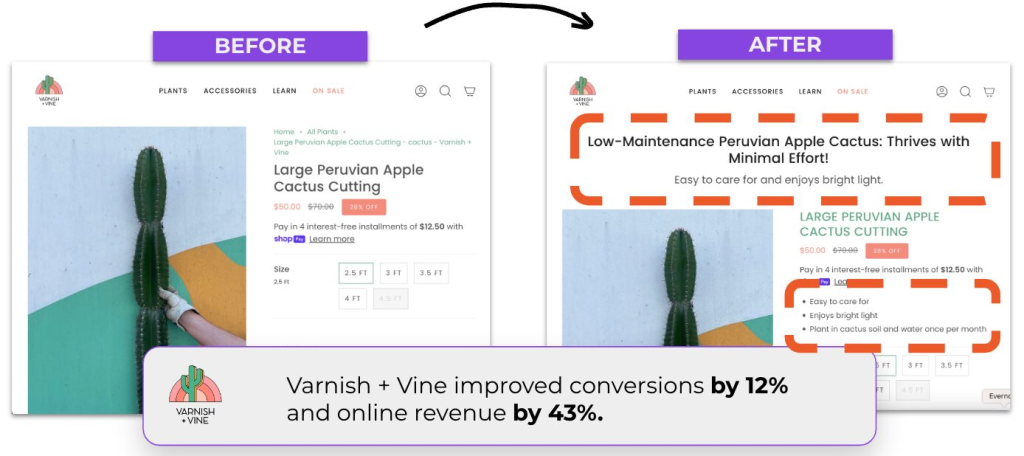
Retargeting Masterclass
Retargeting involves redefining the categories of previous visitors who didn't arrive at your site for purchase. Through Facebook Pixel, those users are tracked and ads become visible to them again regarding what they had looked at.
For example, in cases of abandoned carts, targeted ads are supposed to pull customers back to the site to finish purchases. An existing customer gets exposed to the opportunity for upselling because he sees advertisements of complementary products.
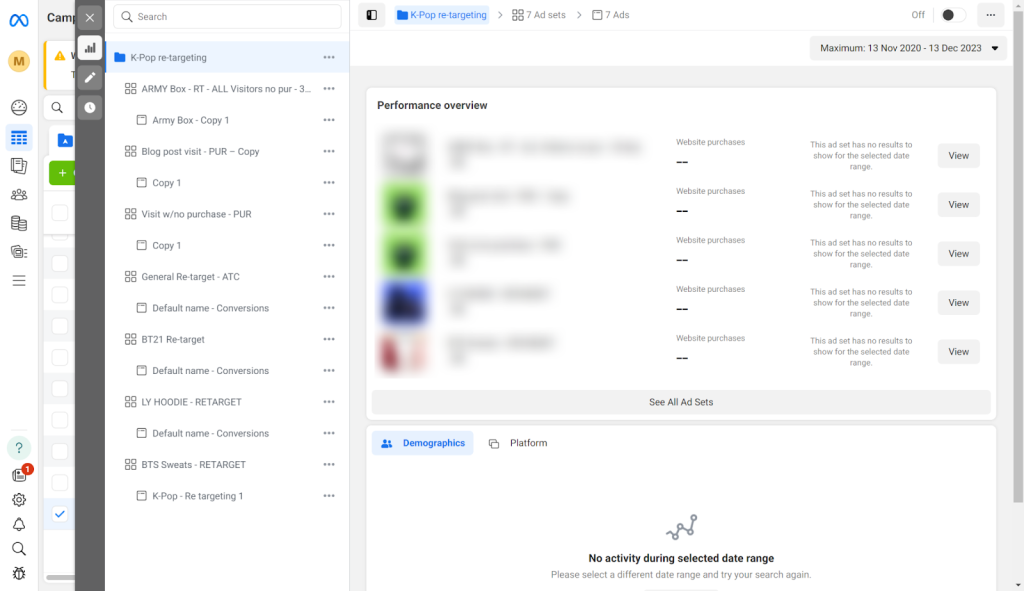
Easiest Integration into Shopify
Setting up Shopify Facebook ads has become so easy. Apps with Facebook Pixel integration, like our Omega Facebook Pixel, are leading the way in simplifying the process. These tools automatically sync your Facebook product catalog and connect seamlessly to your Facebook Business Manager, ensuring a hassle-free experience.
It is that easy; you now set up the Facebook Pixel in minutes and start tracking consumer actions such as purchases or sign-ups, and it is all happening without you needing to do anything extra since they have all the controls you want in managing campaigns on the Shopify dashboard.
How to Run Facebook Ads for Shopify
Running Facebook Ads for Shopify store owners is easy now. This guide shows you how to get started step by step.
Step 1: Set Up Facebook Pixel with Two Owls
To begin directing traffic from your website to Facebook, simply provide Two Owls - Omega Facebook Pixels with your pixel ID(s) and specify where you’d like them to track activity.
Connect Omega Facebook Pixels seamlessly with your Shopify Store.
Open Facebook Events Manager to verify the Pixel is working.
Test key events like page views, add-to-cart actions, and purchases to ensure accurate tracking.
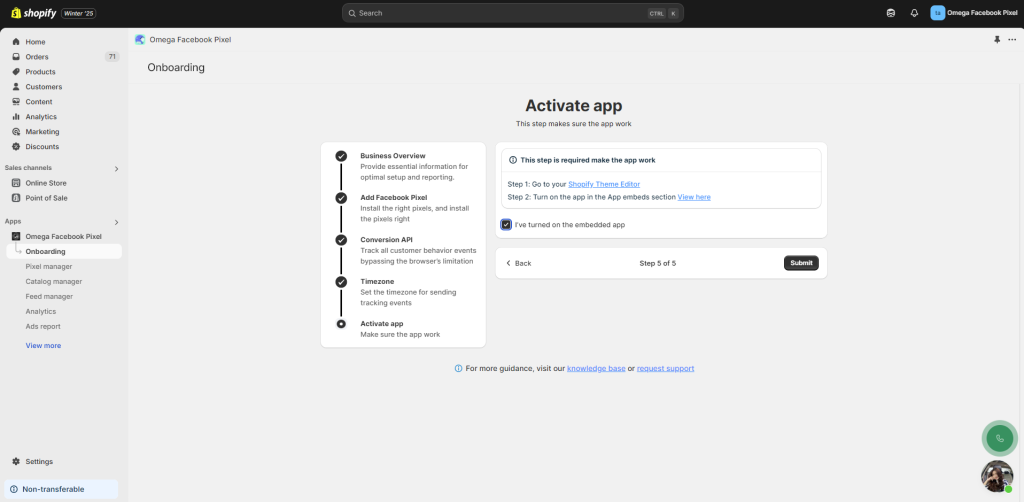
Step 2: Sync Your Shopify Product Catalog with Facebook
Sign in to your Facebook account using the app.
Next, set up your catalog in Omega Facebook Pixels.
After that, link the catalog to a pixel. This step is crucial for running retargeting ads effectively. The pixel tracks all events where users show interest in specific products, including their product IDs. For instance, if you want to retarget users who added item X to their cart but haven’t completed the purchase, you’ll need to provide Facebook with both the item ID and details about the users’ actions. Pixel data plays a key role in making this possible.
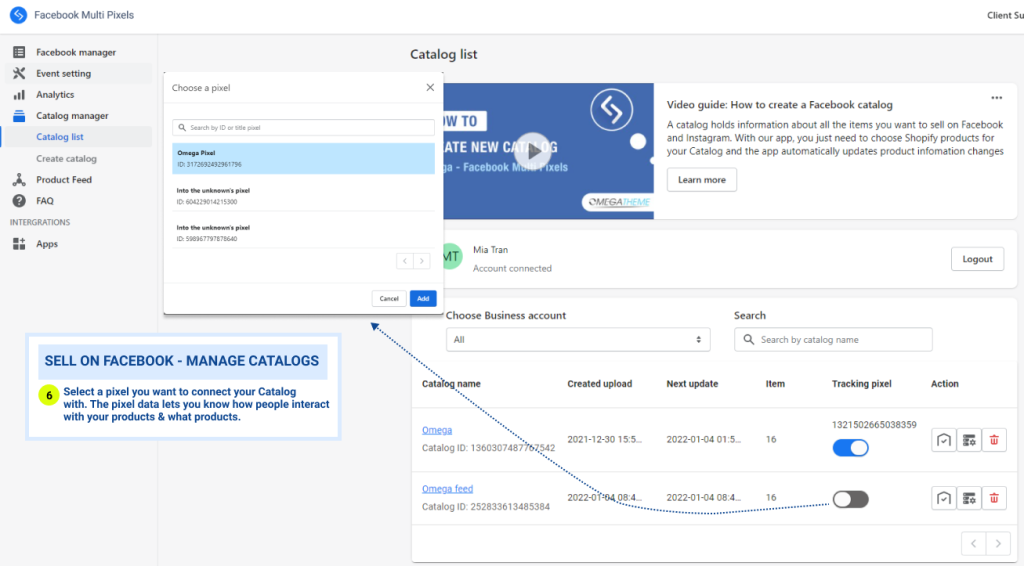
Ensure your product catalog is synced with Facebook. Shopify will automatically upload your store’s products to your Facebook catalog.
Confirm that your catalog is active in Facebook Business Manager.
Step 3: Create a Campaign in Facebook Ads Manager
Go to Facebook Ads Manager and click Create.
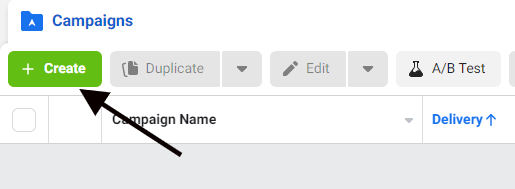
Choose a campaign objective based on your goal:
- Conversions for driving sales.
- Traffic to bring visitors to your store.
- Engagement to build brand awareness.
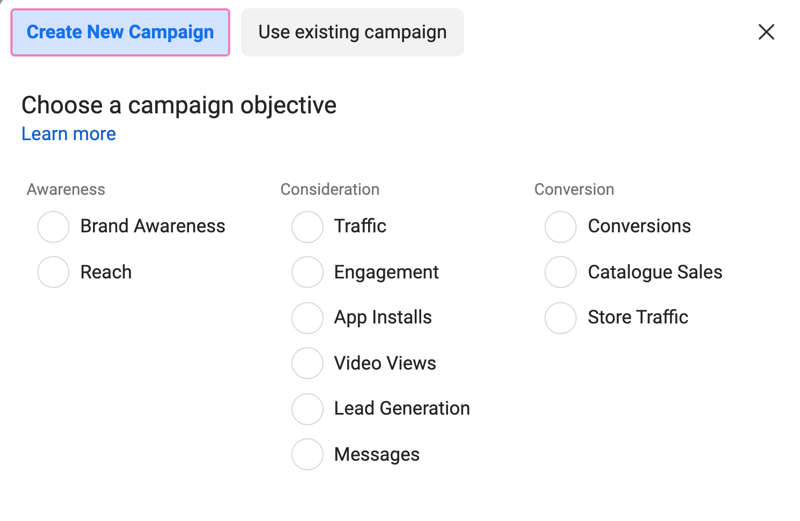
Step 4: Define Your Target Audience
Use Custom Audiences to retarget users who visited your Shopify store.
Create Lookalike Audiences to reach new users similar to your existing customers.
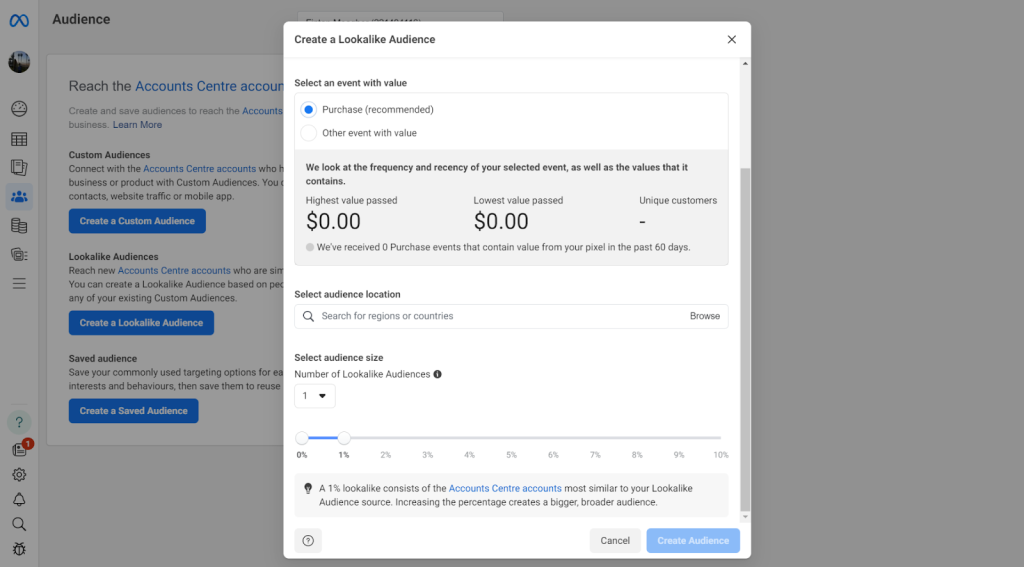
Set targeting parameters, including location, demographics, interests, and behaviors.
Step 5: Design Your Ads
Select the ad form you want: an image, carousel, or video ads.
These should be good-quality visuals, with good and interesting ad copy that really show or tell about your products.
Put in a Call-to-Action such as "Shop Now" or "Learn More."
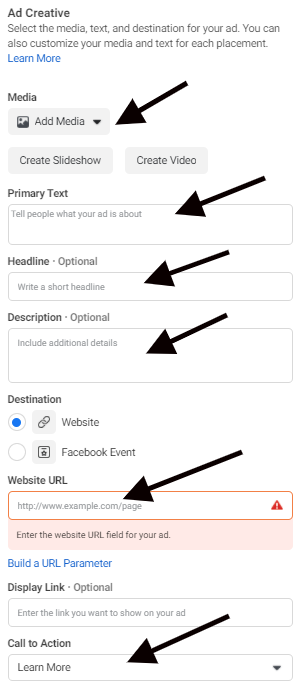
Step 6: Set Your Budget and Schedule
You have options between setting either a Daily Budget or Lifetime Budget: Set a time frame for the campaign or allow it to run continually.
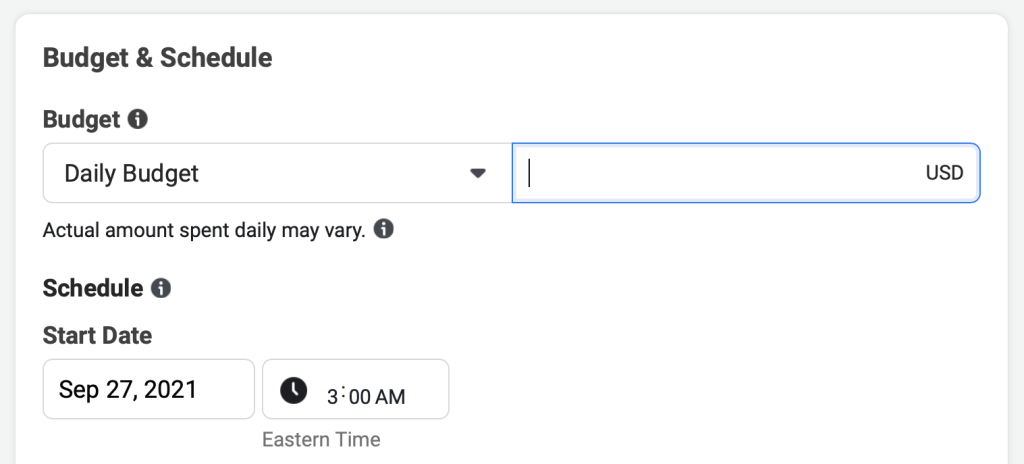
Step 7: Launch Your Campaign
Review your ad settings and confirm all tracking options (e.g., Facebook Pixel is active).
Click Publish to launch your campaign.
Tips for Optimizing Facebook Ads for Shopify
1. Concentrate on High-Intent Audiences
Capture only users whose intent is super clear, like adding items to their carts and visiting product pages multiple times.
They can be identified using Facebook Pixel and ads such as discount and free shipping. Because high-intent audiences are into buying products, the cost of wasted ad spend is low and conversion rates are high.
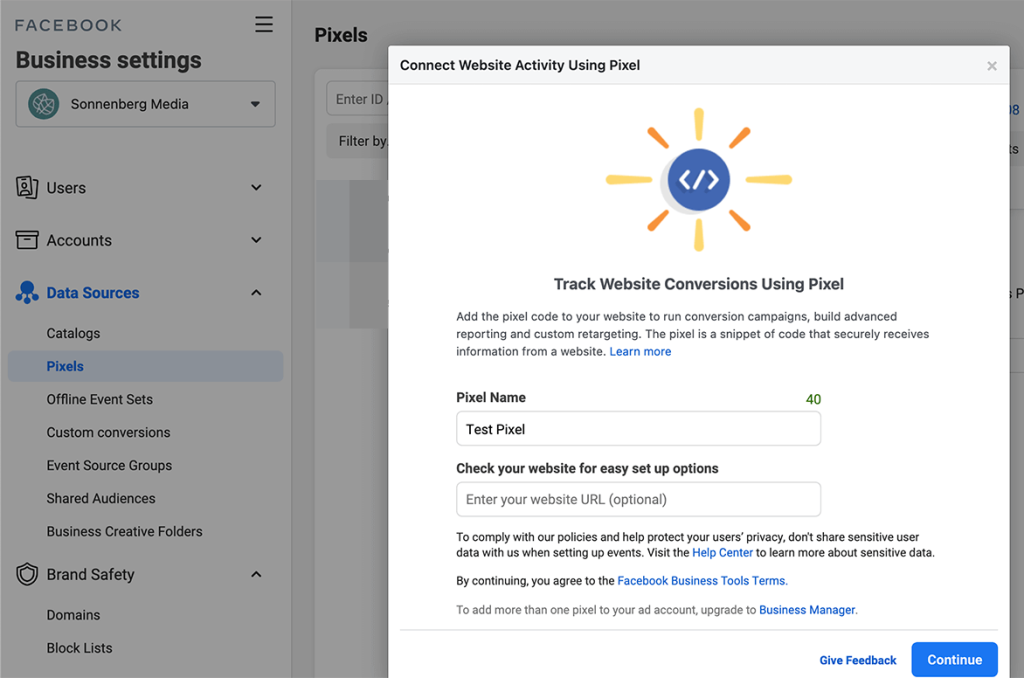
2. Clear and Appealing CTAs
A strong Call-to-Action (CTA) creates a sense of urgency. Some simple phrases are paired with urgency, such "Shop Now", "Hurry! Sale Ends Tonight", "Get 20% Off", "Hurry Me! Sale Ending Tonight."
Clear CTAs are good at facilitating customer convenience as to action to take next improving click-through rates and conversions.
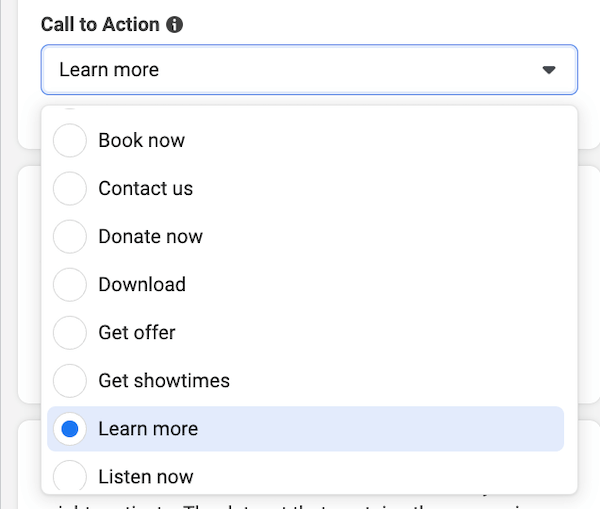
3. A/B Test Your Ads
Test your ads through headline testing, images, or CTAs that do best with one another.
For example, compare whether an image that looks like a product shot appeals better than a lifestyle shot; what about, "Buy Now" versus "Limited Time Offer?" Budget spending gets optimized and ads refined through A/B testing.
4. Use tools to Run Facebook Ads on Shopify
Facebook Pixel is essential for tracking visitor activity and optimizing Facebook Ads. Tools like Omega Facebook Pixels make setup simple, capture custom events for deeper insights, and optimize ad performance with detailed reports and seamless Shopify integration.
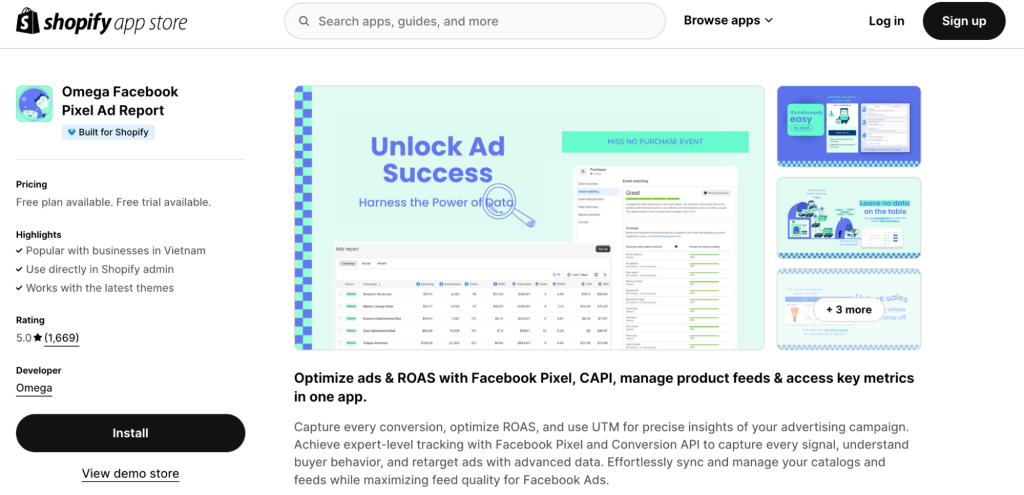
Shopify offers apps designed to enhance Facebook Ads management and performance. For example, Synctrack Order Tracking syncs order data with Facebook Ads, improving purchase event accuracy and ROAS. These tools automate processes, minimize errors, and allow you to focus on refining your ad strategies.
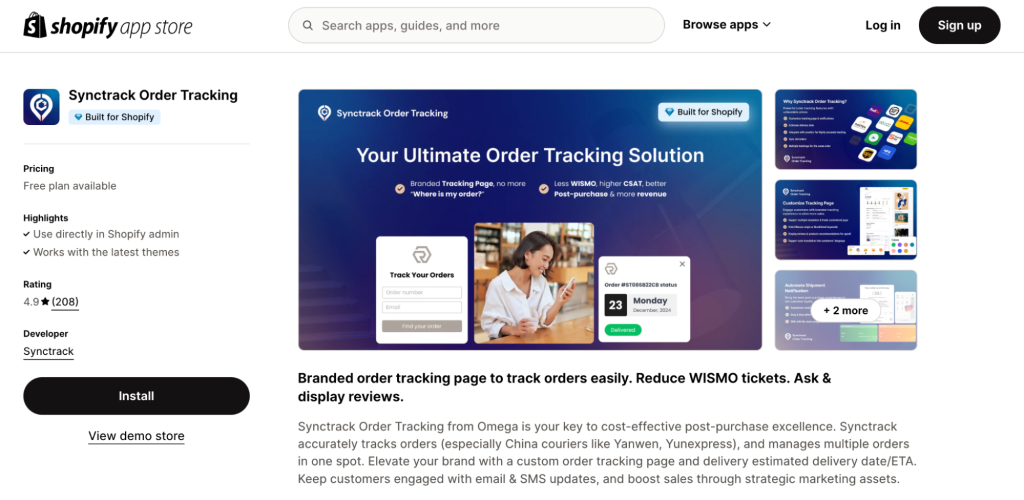
For a comprehensive view of ad performance, combine Facebook’s analytics with tools like Google Analytics. This free tool tracks website traffic, bounce rates, and user behavior, offering insights into how Facebook Ads impact overall website performance and customer journeys.
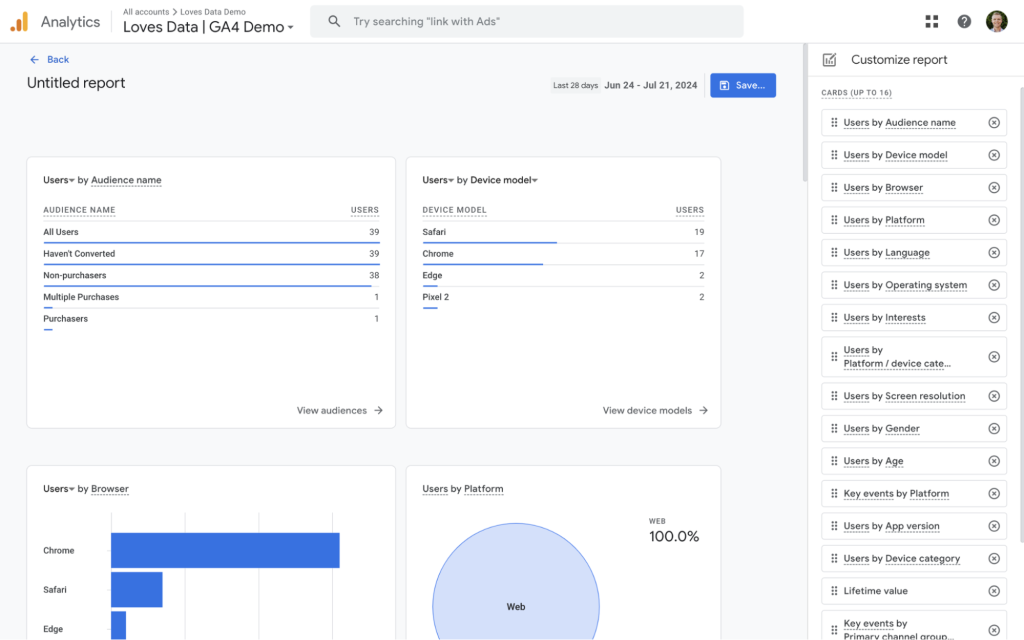
Final word
Using Facebook Ads for Shopify allows you to generate traffic and provide a highly converted sales channel. The advanced targeting, retargeting, and offering tools such as Facebook Pixel will enable you to reach a desired audience with ads that are personalized and converted.
I hope this guide helps you set up and effectively optimize your campaigns for real-time results for your business.
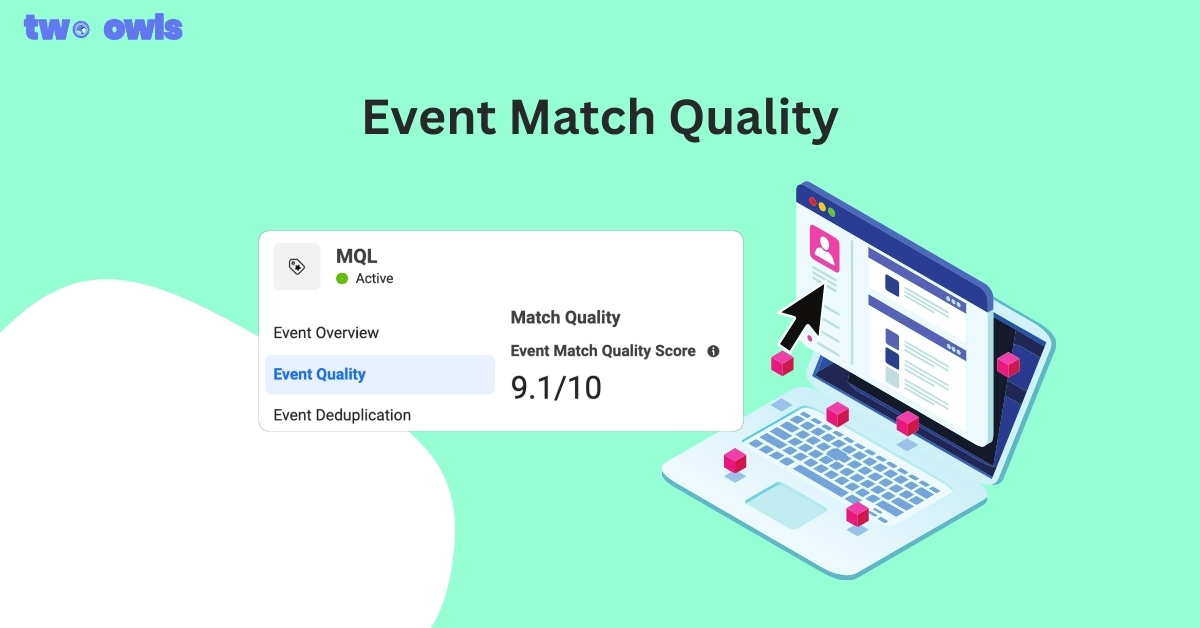
Event Match Quality: Definition, Benchmarks & How to Improve It
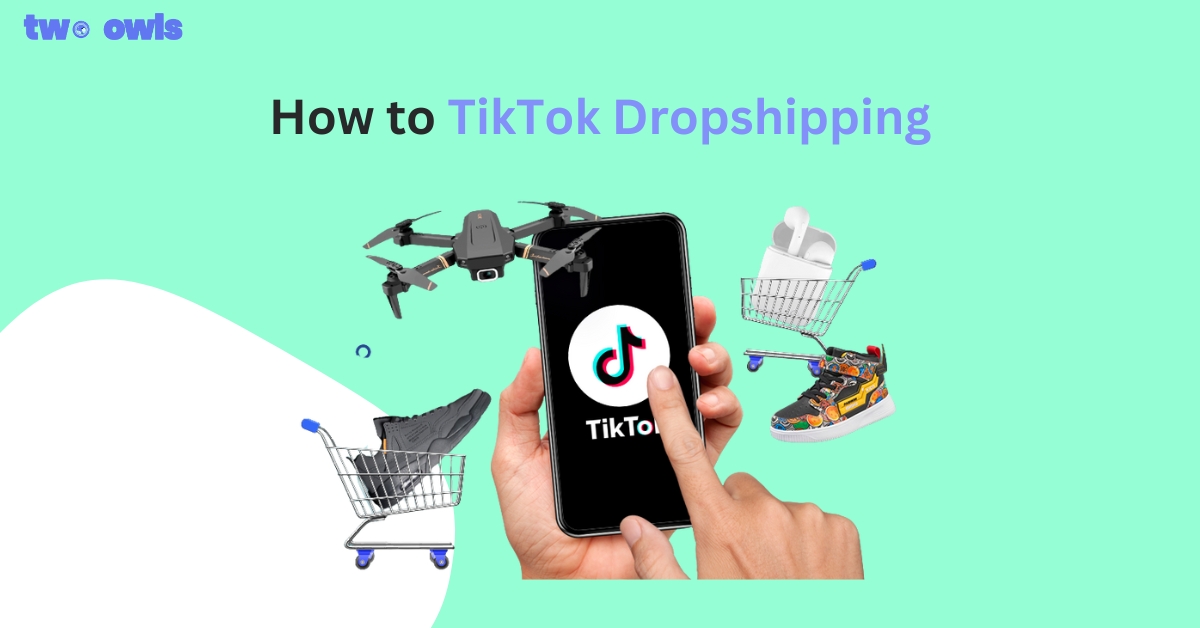
TikTok Dropshipping: How to Build a Profitable Store in 2026
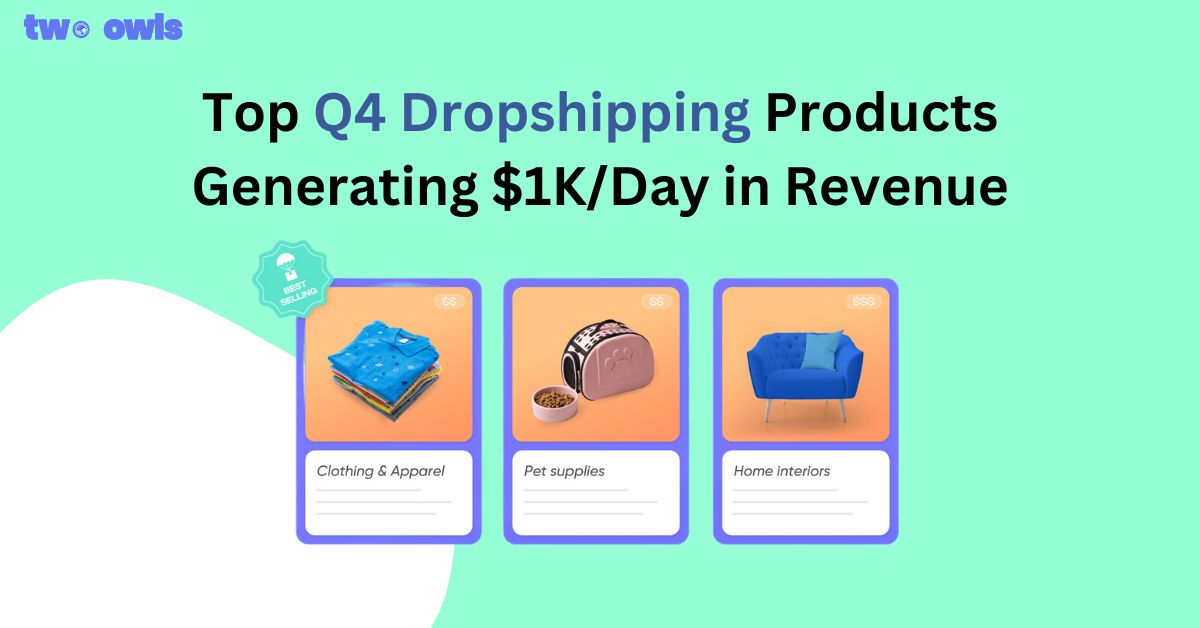
Top Q4 Dropshipping Products Generating $1K/Day in Revenue
How to Install Twitter Pixel: Every Method You Should Know

